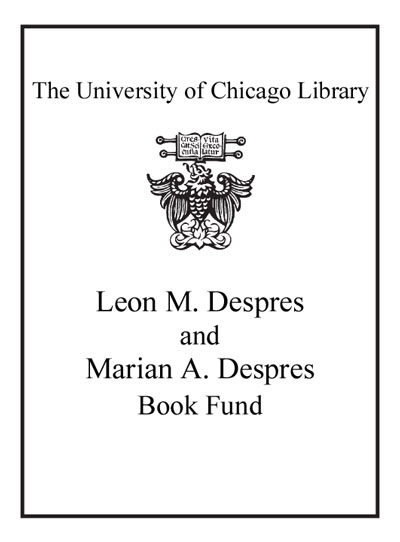Landscape and prehistory of the East London Wetlands : investigations along the A13 DBFO Roadscheme, Tower Hamlets, Newham and Barking and Dagenham, 2000-2003 /
Saved in:
| Author / Creator: | Stafford, Elizabeth. |
|---|---|
| Imprint: | Oxford : Oxford Archaeology Ltd., c2012. |
| Description: | xviii, 313 p. : ill. (some col.), col. maps ; 30 cm. |
| Language: | English |
| Series: | Oxford archaeology monograph ; no. 17 Oxford Archaeology monograph ; no. 17. |
| Subject: | |
| Format: | Print Book |
| URL for this record: | http://pi.lib.uchicago.edu/1001/cat/bib/8968943 |
| Summary: | Archaeological investigations carried out during improvements to five key junctions along a stretch of the A13 trunk road through the East London Boroughs of Tower Hamlets, Newham and Barking and Dagenham have revealed evidence for activity spanning the Mesolithic through to the post-Roman period. Regionally important evidence of Neolithic activity included artefact assemblages of pottery and worked flint. A rare cache of charred emmer wheat provides definitive evidence of early Neolithic cereal cultivation in the vicinity and a fragment of belt slider made from Whitby jet attests the long distance exchange networks. The greatest concentration of activity, however, dates to the 2nd Millenium BC and includes several waterlogged wooden structures and trackways, burnt mounds and other evidence associated with wetland edge occupation. Extensive geoarchaeological and palaeoenvironmental sampling provides an important record of landscape evolution and periods of major change can be detected, both natural and anthropogenically induced. As well as providing a context for the archaeology along the A13, this raises a number of issues regarding the interaction of local communities with the natural environment, how they responded to change and to a certain extent exploited it. Ultimately this is of relevance not only to understanding the past but also to current concerns regarding environmental management along the Thames estuary. |
|---|---|
| Physical Description: | xviii, 313 p. : ill. (some col.), col. maps ; 30 cm. |
| Bibliography: | Includes bibliographical references (p. 291-306) and index. |
| ISBN: | 0904220702 9780904220704 |

